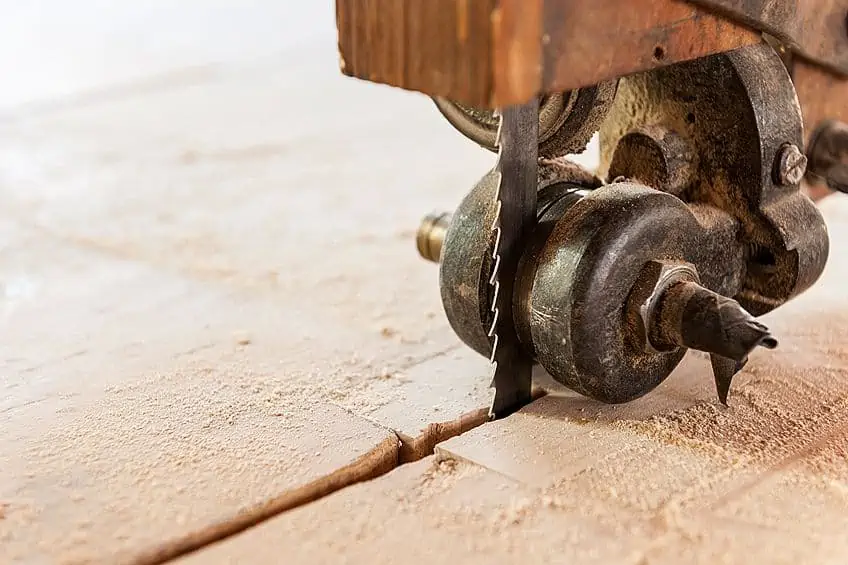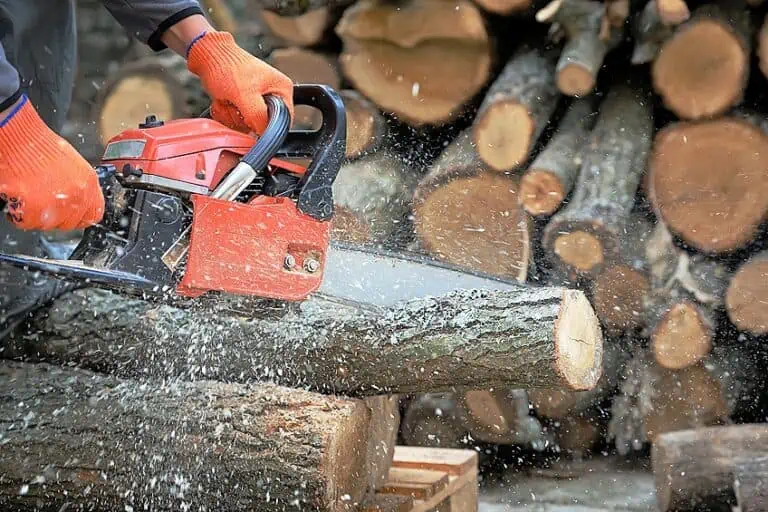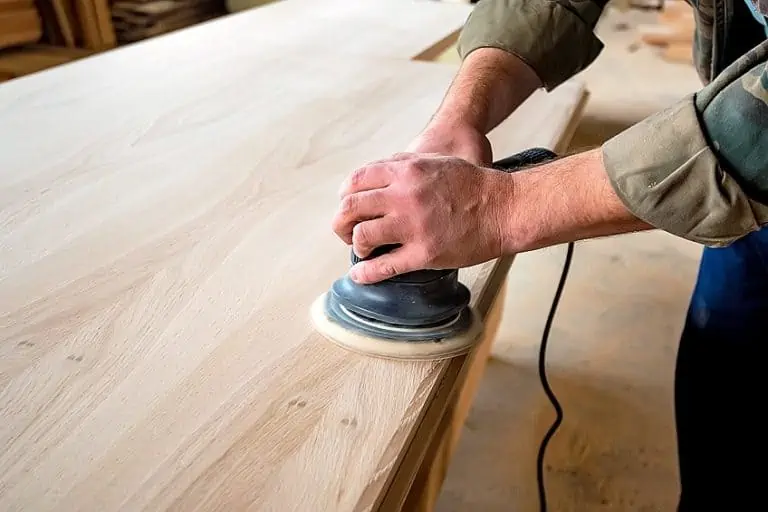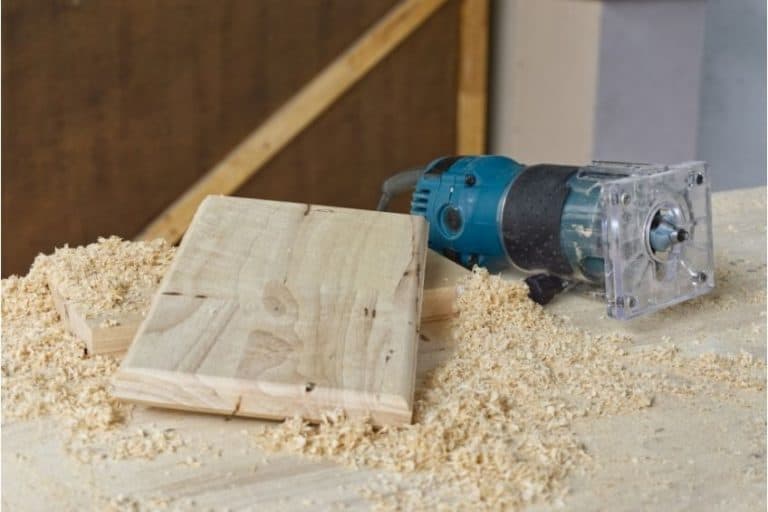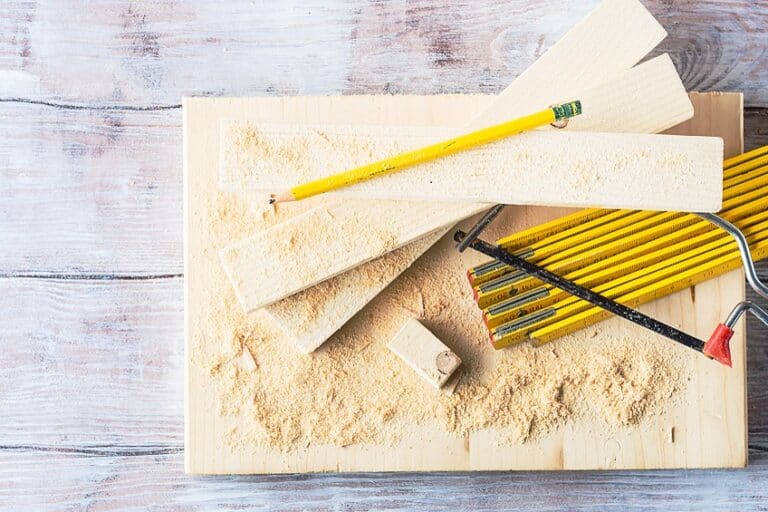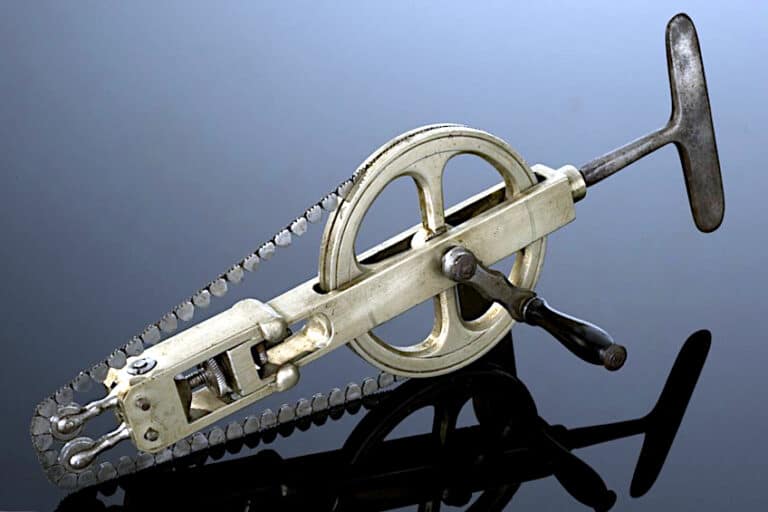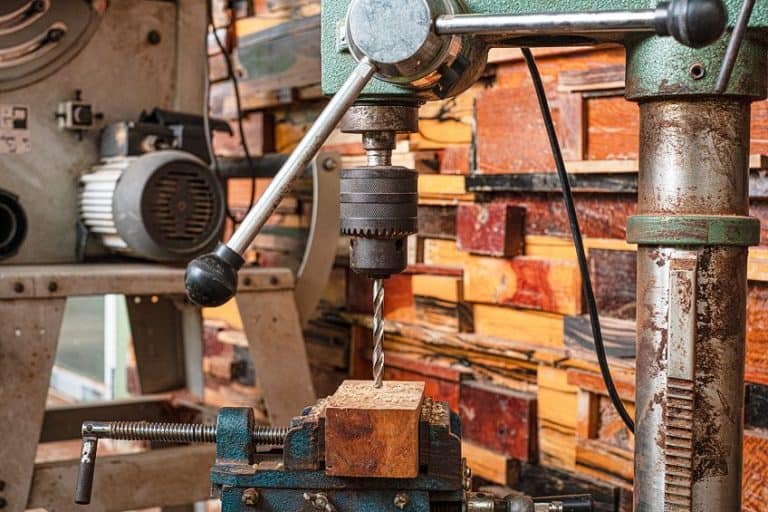How to Use a Band Saw for Beginners – Ultimate Guide
No workshop is complete without a good band saw, and this incredibly versatile piece of equipment has the potential to speed up your work process, replace other forms of equipment, and much more. We are going to be taking an in-depth look at some of the best band saws to help you find the best fit for the type of projects that you are doing. Here you will find band saw reviews that could potentially change the way that you work forever.
What Is a Band Saw?
A band saw is easily identified as a piece of equipment that is used for making quick and precise cuts to a variety of materials. This saw is outfitted with an elongated blade made up of a continuous belt of jagged metal that is extended between two wheels. Band saws are great for woodwork and metalwork projects that require uniform cuts as well as those that require cutting on a variety of curves or unusual angles. All band saws are powered by electric motors, and the older line shaft versions are now viewed as antiques.
Types of Band Saws
Band saws are available in two types: benchtop and floor-standing models. Each type comes with its own pros and cons. This is why it is very important to know what you are going to be using it for. Looking at online band saw reviews will be incredibly helpful when making the final decision.
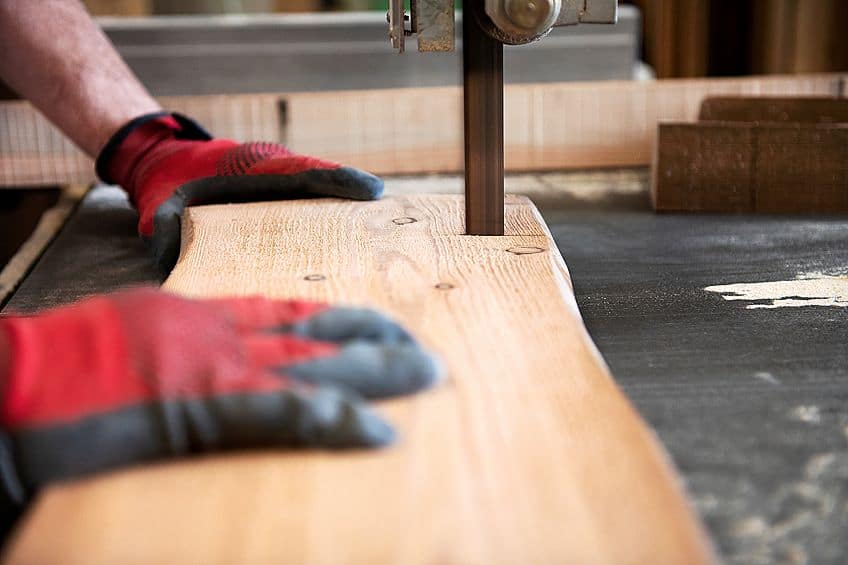
Benchtop Band Saws
Benchtop band saws are a great fit if you are working out of a small workshop or a garage. This type of band saw can be fixed to almost any work surface such as an assembly table or a workbench, and one of their major benefits is that they can be stored after use. The benchtop band saw might leave a small footprint in any workshop, and it will take up plenty of space on a workbench. These are by no means small tools, so before you head out and buy one, you should consider where you would store it and whether you have the space to use it.
Floor-Standing Band Saws
Floor-standing band saws are perfect for professional workshops and industrial use. These band saws are manufactured on a stand that can be placed anywhere inside your workshop. One of the major benefits of these band saws is that they can be used to cut larger pieces of wood. However, you should check the specifications of the band saw before buying, as not all of them are capable of doing this.
How to Use a Band Saw
Now that you know what to look for when buying a band saw, we will provide you with some of the most effective tips and tricks to ensure that you have the best experience cutting different materials. Below you will find different tips regarding cutting, different techniques, and reducing damage.
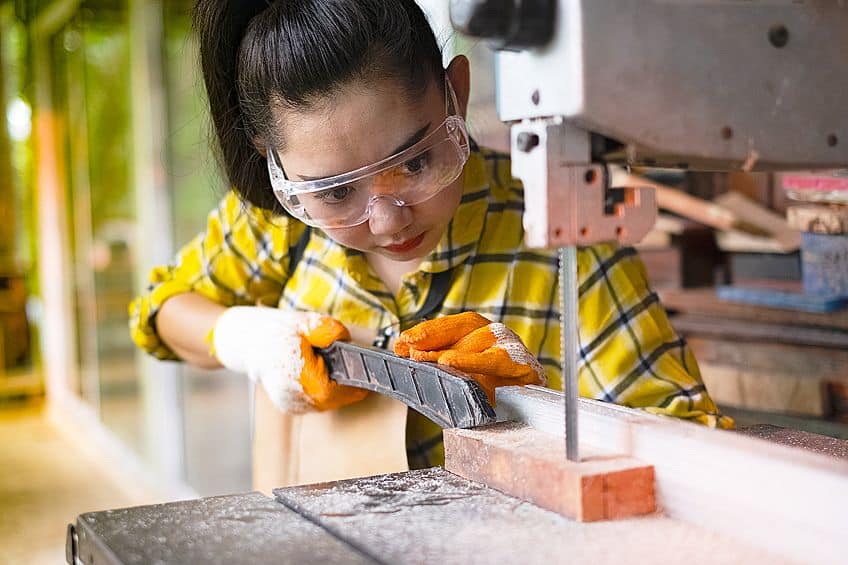
Which Blades to Use
As you know, there are three types of tooth formations on blades, each serving a specific purpose. Regular-tooth blades are great for general-purpose work, and this means that they can be used on a variety of materials. Skip-tooth blades are what you would want when cutting through materials such as plastic, aluminum, brass, softwoods, and so on. This is due to the spaces found between each tooth. Hook-tooth blades are perfect for fast cuts due to their deeper gullet.
Adjusting Blade Guards
The blade guard is meant to be adjusted to the point above the material that is being cut. This is because the closer you are to the material, the less tension there is placed on the blade. If there is too much tension placed on the blade, it could result in breakage. The perfect height for the blade guard is anywhere within the range of ⅛-inch to a ¼-inch. This is adequate to lessen any strain that could be set on the blade without getting in the way of the contour of the cut. To ensure that your band saw operates optimally whenever you use it, adjust the blade guards with each cut.
Learn to Use the Bevel
To most band saw users, the bevel is a useless feature, but if you use it correctly, you could dramatically enhance the quality of your work. Most band saws can tilt at a 45° angle to the right, and this will provide you with a wider range of potential cuts than before. This means that you can explore different angles, and the rip fence can also be used to ensure that your cuts are accurate.
Slow Down When Cutting Curves
Cutting straight lines are quite simple and do not require much patience, but the same cannot be said when cutting curves. Curved cuts require more attention to detail and extreme accuracy, which is why it is best to do it slowly. Apart from the entire approach to this cut being different, there is also the ability to make what is called a relief cut. A relief cut is when you cut through the extra space that you have on your material. This means that you have better access to the tighter areas of the material that you are working on.
Keep Your Blades Clean
It is believed that you should try to clean your blades after each use. Not only will this be incredibly time consuming, but it is also unnecessary. Cleaning your blades every two weeks to a month is enough, but this also depends on how often you use your band saw. Particular blades will build up more gunk and resin than other types. So, when you replace them, this is a good time to clean them too. Degreasing agents and oven cleaners are great for cleaning band saw blades, and you can also try to wash them in soapy water, which is often the easiest method.
Releasing Tension After Every Session
You will want to improve the lifespan of your blades and your band saw, and this can be done by releasing the tension of your saw after each use. When you are done using your saw, release the tension of the blades and make a note that it is loose. Upon releasing your blades, you would want to use the blade tracking feature of your band saw. This monitors the lifespan of your blade, and it also can point out damage.
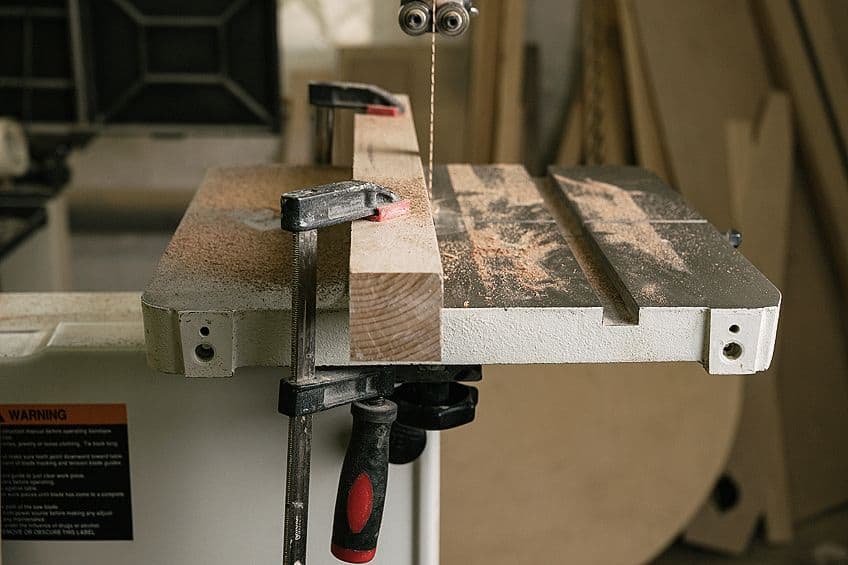
Special Tricks
When using a band saw, there are special tricks that you can use to make life easier and the process more fun than it already is. Below you will find a handful of helpful tricks that we use all of the time. These range from cutting to improving performance, and there is no doubt that these will help you with your next project.
Instantaneous Zero Clearance
Eliminating delays that are caused by offcuts being jammed in the throat plate of the band saw is a thing of the past. All you need to do is to cut a kerf into a thin piece of cardboard and tape it to the table. This will prevent offcuts from entering that region of the saw.
The One-Dollar Guide Positioning
You can use a $1 bill as a spacer to properly set up a band saw that is equipped with thrust bearings and blade guides. These components need to be positioned with some room between them and the blade. This will keep friction low and prevent overheating. The blade guard should be removed to make the process easier. Start by positioning the blade guide assembly around ¼-inch above the height of the stock that you are about to cut.
Take the $1 bill and fold it four times, using the thickness as a guide to position the thrust bearing behind the blade. The next step is for the guide assembly to be brought forward to the point where the heads of the guides rest at the back of the bottom of the gullets of the blade. The final step is to use the $1 bill to position the guides on both ends of the blade. The process can then be repeated when positioning the thrust bearing and the lower guides.
Start Your Cut at the Shallow Angle
If you are busy with a contoured cut, always start at the shallowest angle. This is because the blade could veer off of the line. Thus, by starting at the shallow end, you are able to minimize the likelihood of your making any significant errors.
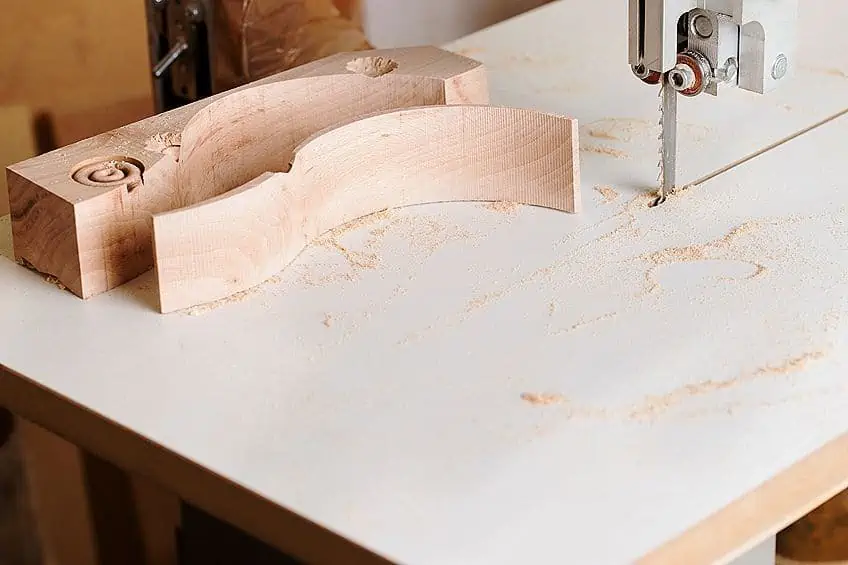
Switching to Cool Blocks
The steel guide blocks that are found on older model band saws are terrible. These cause the blades to overheat, and they will cause premature dulling of their teeth. Olson Cool Blocks are self-lubricating components that will not cause the blade to overheat. They are also softer than steel and will not cause any damage to the teeth of the blade.
Storing Your Blades
The best way to store your blades is to coil them, but not everyone knows how to do this. Start by holding the blade with your palm facing outward – the teeth should be away from your body. Steady the saw blade with either foot and proceed by placing a chunk of wood beneath the blade. This will shield the edges, although you must not use any other material to do this. Compress the blade into the shape of an oval with your hands, then slowly circle your wrist until your palm faces your outward. Keep circling your wrist and winding the blade, then use your free hand to catch it.
Improve Blade Performance
What if we told you that your blade was not perfect? Store-bought blades are mass-produced products and can be improved by truing. This can be done with a saw blade finishing stone and will have plenty of benefits such as reducing vibration, prolonging the lifespan of a blade, and allowing you to cut tighter curves.
Band Saw Safety
Like most power tools, a band saw can be incredibly dangerous if it is not handled correctly. This is why we have included a comprehensive guide to ensure that you can do your best work without anything going wrong. Below you will find a list of tips to follow to ensure that you hold on to all of your fingers.
Things to Know Before Using a Band Saw and Other Safety Procedures
Before you turn on your new band saw and start cutting into that beautiful slab of cherry wood to replace the table that you ruined last Thanksgiving, the following steps should be taken:
- Read and understand the owner’s manual;
- Understand the limits of the band saw and what its ideal applications are;
- Ensure the band saw is secured to a sturdy workbench or the floor before you start to use it;
- Wear safety goggles or a face shield;
- Your ears should be protected with noise-canceling headphones;
- Work boots will prevent injury from scraps of wood that have fallen;
- Remove anything that could get caught in any of the moving parts of the band saw;
- Ensure that the band wheels are closed;
- Ensure that the blade and the wheels are in good condition;
- Ensure that the blade is properly positioned on the track;
- Adjust the blade to reduce the width of the gaps, as wider gaps increase the chance of breakage;
- Do not use unnecessary force when pushing wood beyond the blade;
- Never try to remove sawdust by hand, but instead use a brush or a stick;
- Never leave a band saw unattended.
These are a few of the most important safety protocols to follow, especially as workshops are not known for being the safest places. Always try to exercise extreme caution when using a band saw, and if you are new to using one, try to get someone experienced to teach you how to use it before you try it on your own. A band saw is a wonderful tool to have, but it can result in catastrophic injuries if you are reckless.
Keys to Success When Using a Band Saw
Most tools require a particular technique and the same rule applies to a band saw. The band saw can be used to make precise cuts at a variety of angles, but this takes a lot of time and practice to master. If you want to make clean cuts with crisp edges, then take a look at the keys to success.

The Coolant
The purpose of the coolant is to flush the woodchips out of the cut while working with a cleaning brush designed for blades, thus preventing them from getting into your project. The coolant will function as a heat transfer agent that will also lubricate the blade and the workpiece. It acts a lot like oil in the engine of a car; however, the state of the coolant will worsen as time goes on.
The Blade
It is no secret that the cut is only as good as the blade, and a sharp and lubricated blade is needed to achieve a clean cut. The blade speed, the coolant, the positioning of the rollers, and the band saw guides are factors that need to be considered if the quality of your cut is subpar.
The Downfeed
The downfeed rate and pressure will need to be adjusted according to the thickness and the type of material that is being cut. If the downfeed is set for a sharp blade, it must be adjusted to factor in the dulling that takes place as the blade is used. Failure to adjust the downfeed will result in poor cuts.
Workpiece Support
Always ensure that your workpiece is supported on a firm base on either side of the cut. It should not be able to move when being cut, and if it can, this will result in burrs on the side that has been cut. This is not what you would want, so it is important to keep your workpiece clamped to a sturdy surface as it is being cut.
Machine Maintenance
Any machine that has moving parts needs to be kept lubricated, which means that there is no resistance on any component. This reduces wear-and-tear and it will save you money in the long run. Regular inspection will allow you to find underlying issues, and this could prevent catastrophic failure. Take care of your band saw, and it will take care of you.
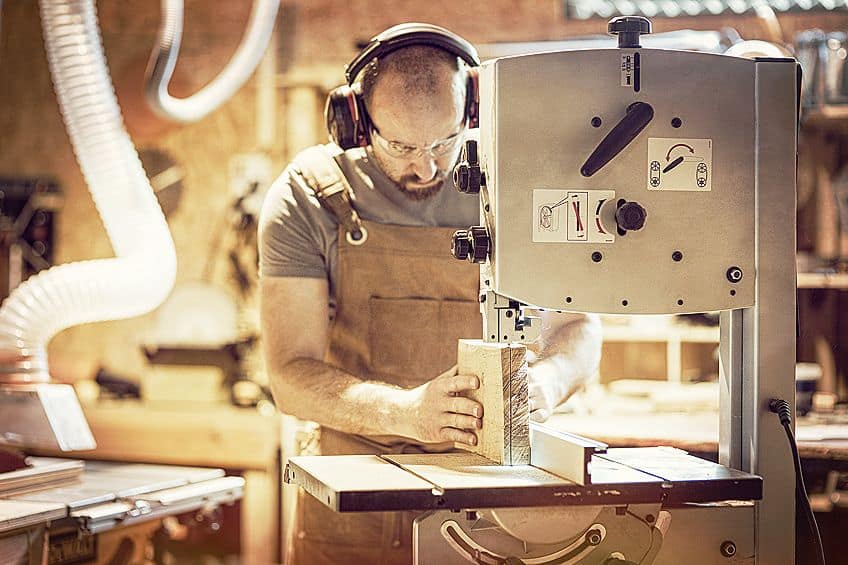
Factors to Consider When Buying a Band Saw
There are a few things that you will need to consider before buying a band saw. As we previously mentioned, there are two types, although there are plenty of brands that focus on manufacturing various products. Below we have listed the factors that you should look out for when choosing the best band saw.
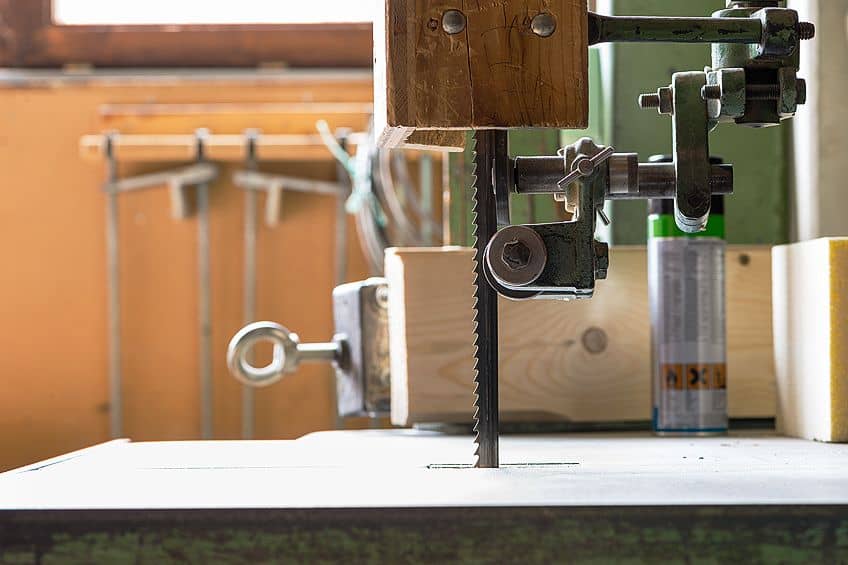
Power Output
The power output of a band saw will determine the type of materials that you will be able to cut. An underpowered band saw will often struggle to cut through stronger materials, which could lead to the band saw bogging down or even catastrophic failure. The blades generate a lot of friction, and when cutting through thick materials an underpowered band saw just will not do it. The majority of band saws are equipped with electric motors that generate between 0.5 and 1.5 hp. Smaller projects require no more than 0.5 hp., however, heavy-duty projects will require between 1 and 1.5 hp.
Frame
The construction of the band saw is as important as the saw itself. You need to ensure that the frame will be able to support the work that you are doing, as this is one irreplaceable part. The best band saw will usually have a frame that is made from cast-iron or an even stronger material. These frames might be quite heavy, but they will last a long time as they are unlikely to bend or break. This plays a pivotal role in ensuring that proper tension is held through the saw band. If you are looking for something lighter, you should consider welded steel or die-cast; these materials are not as strong, but they will do the trick.
Blade Width
The width of a blade is extremely important as this will determine how easy a particular task will be. For example, a wide saw band will make it easy for you to cut straight re-aws on materials such as hardwood, whereas thin saw bands will make it easy for you to cut curves and scrolling cuts. It is best to buy a variety of different saw band widths, as this will leave you plenty of room to explore different projects. The band saw that you choose should be able to accommodate different sizes of saw bands, so try and find one that supports sizes from 1/8-inch to 1-inch wide.
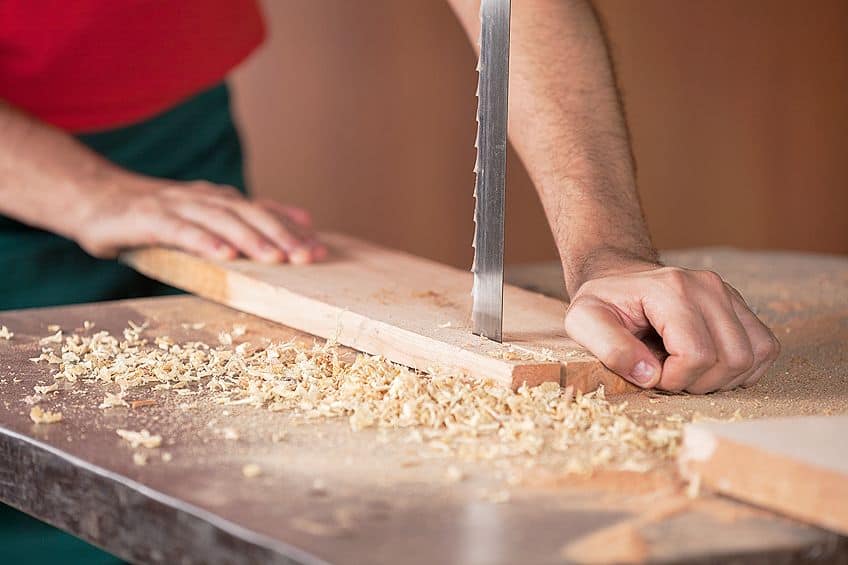
Throat
The throat size is the distance between the frame of the saw and the blade, and this will determine the width of the cut that you can make. It also indicates the amount of space that is available for you to maneuver the material that you are working on while it is on the workbench. The throat size of a band saw will be listed on the side of the packaging, so keep an eye out for this, as it will determine the amount of maneuverability you will have while working.
Weight
When choosing a band saw, you will need to consider the weight. It must be heavy enough to remain firmly planted when you are passing a tough piece of material through the blade. However, it should also be light enough to make it easy for you to move it when it is not being used. Older band saws are generally very heavy, with some floor-standing models weighing over 200 lbs. There is no need for you to have a saw that weighs that much, but you will need a sturdy one. This applies to benchtop models too, and while you will not need a behemoth of a saw, it is best to get the heaviest one that you can move without any issues.
Safety Features
Band saws have been around for a long time, and while the technology might be old, the latest models are equipped with safety features. Oversized stop buttons, trigger safety switches, and adjustable blade guards ensure that the user is always as safe as possible while using benchtop and floor-standing band saws. To keep your hands safe, floor-standing and benchtop models can also be equipped with sliding bevels and tension gauges that will allow you to make an accurate cut safely.
Dust Collection
Band saws do not operate as quickly as miter or circular saws, and this means that the sawdust or metal shavings will not be projected towards a dust collection port. Instead, the sawdust will slowly make its way to the dust collection port at the bottom of the saw, but sometimes this will not happen. This is why you will need to ensure that your band saw is equipped with a dust collection system that works well. It should also come with the proper couplings that will adapt to the system or your workshop vacuum. You will also be required to clean the saw manually from time to time.
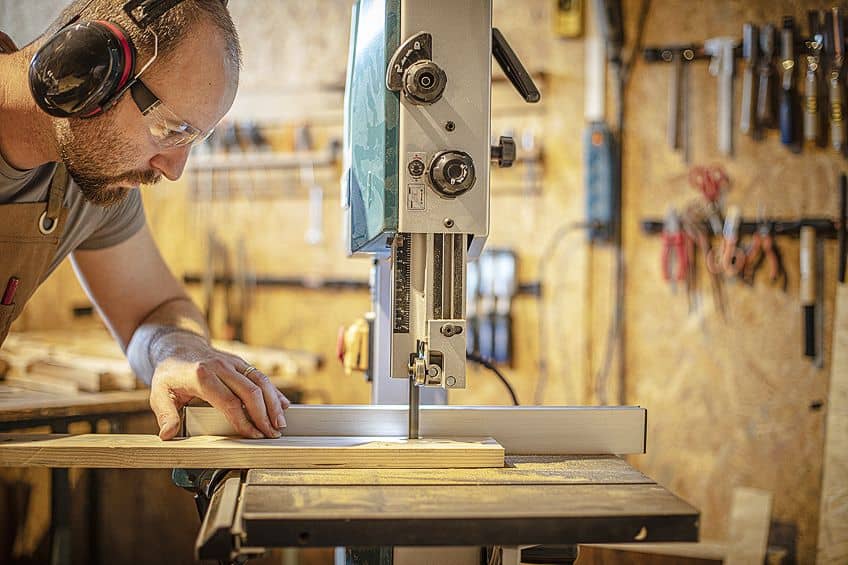
Buying Band Saw Blades
You would not want to buy cheap band saws, and band saw blades are just as important as the tool itself. The truth is, the blades that are given to you with the band saw are not the best, and this applies to even the most expensive band saws. Luckily, there are better blades out there, and they will ensure that you experience no issues while working.
Carbon steel blades are the best general-purpose band saw blades, especially ones that have three teeth-per-inch (TPI). A blade with a course tooth count is less likely to clog, and a skip-tooth pattern allows for faster and cleaner cuts with a relaxed rake angle and minimal clogging.
There are three general sorts of saw blades, being the regular-tooth, skip-tooth, and the hook-tooth. A half-inch-wide blade will fit a band saw of any size and will work great, especially for cutting larger curves, cutting joints, re-sawing, and ripping. However, a ¾-inch-wide blade that is designed for resawing will only fit larger band saws. Some of the best band saw blade brands include:
- Laguna,
- Starrett,
- Highland Woodworking,
- Timber Wolf, and
- Olson.
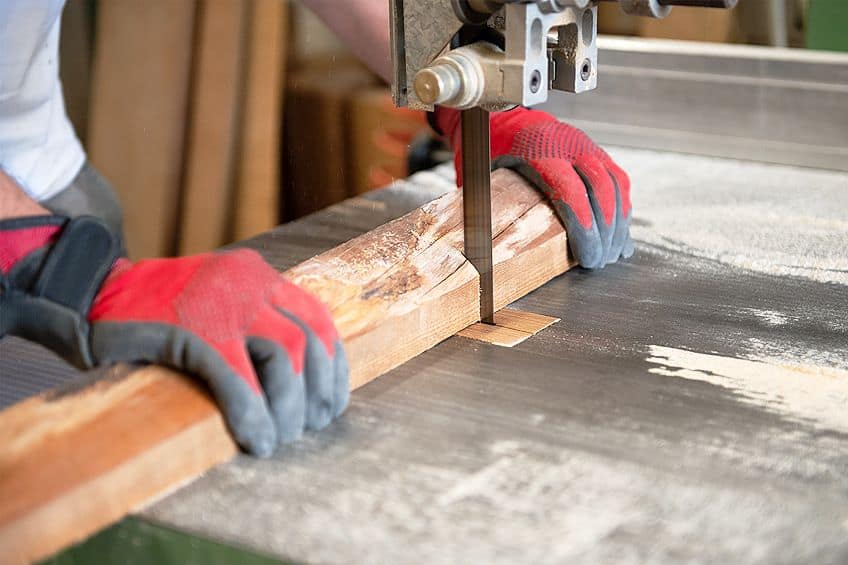
Frequently Asked Questions
Below you will find a list of some of the most common, and somewhat bizarre questions that are related to band saws and their uses. However, these questions will also provide you with enough insight regarding the tool and its uses.
Can a Band Saw Be Used to Cut Meat?
Yes, cutting meat is one of the uses of this tool and many butchers use it to cut through bone. However, do not use your woodworking band saw to cut meat, as it is unsanitary.
Do I Need a Different Type of Blade for Cutting Different Materials?
Yes, different blades will work differently on particular materials.
Can I Sharpen the Blade on My Band Saw?
Yes, you can. You can use a file or a saw blade finishing stone.

I have been into woodworking since 2005 and woodturning since 2011. Because of my love for wood and woodworking, I started woodhappen.com to teach other enthusiasts about how to finish and seal wood, the best woodworking tools, the different types of wood, and everything else related to woodworking! Read more about me here.

